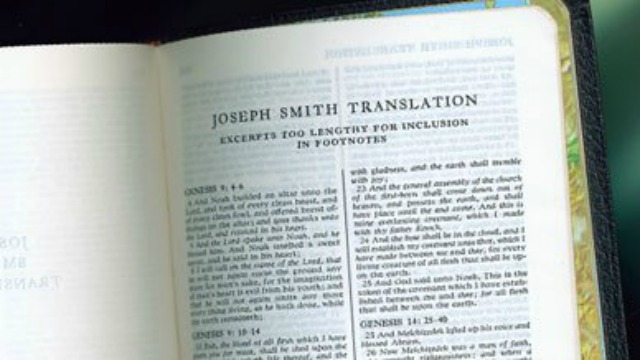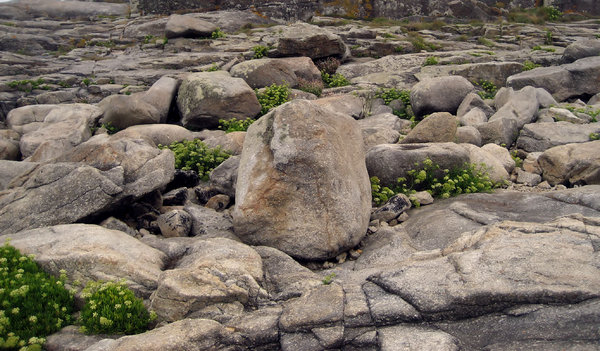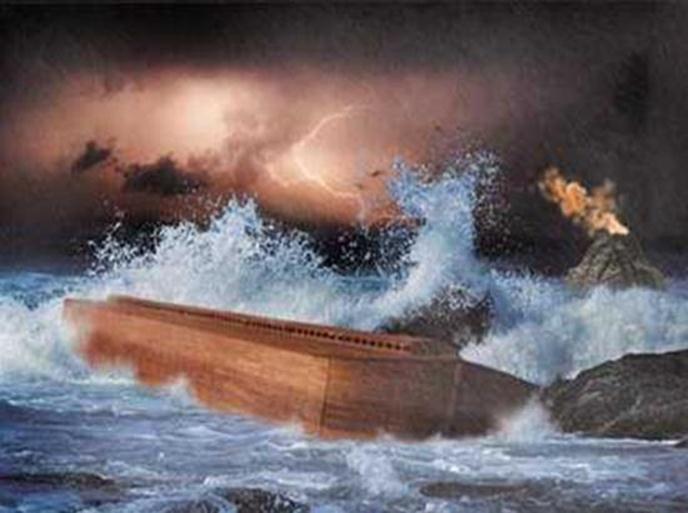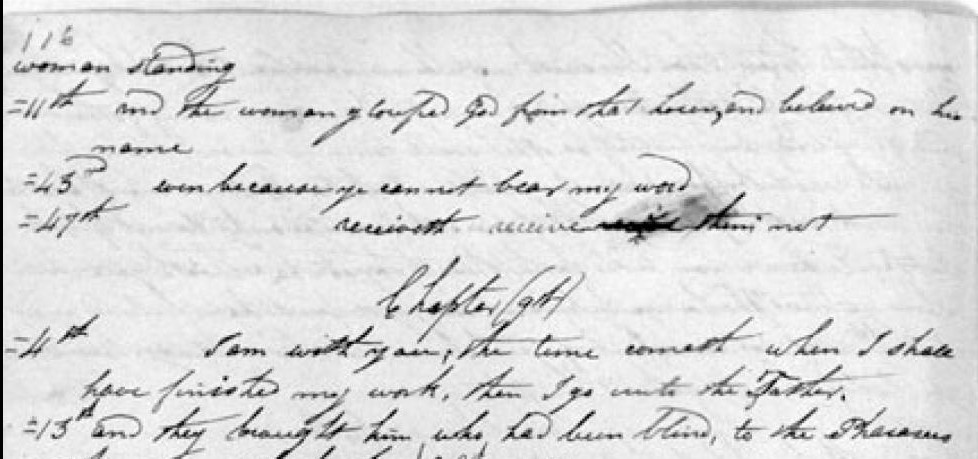Question
Dear Gramps,
I am a little confused as to what the woman giving birth to the man child and the draqon waiting to devour the child once born. Can you help me with this please? Thanks.
T
Answer
T,
Thanks for your question. It’s an interesting one indeed.
The first thing that we need to know is who is the woman and who is the dragon spoken of in Revelation 12:1-5.
So let’s break it down a bit verse by verse.
A great wonderful woman
1 And there appeared a great wonder in heaven; a woman clothed with the sun, and the moon under her feet, and upon her head a crown of twelve stars:
Who is the woman spoken of here?
The Joseph Smith Translation helps us to understand that the woman is “the church of God” and that the representation of the woman seen by John was a representation “in the likeness of things on the earth.” (JST Rev. 12:1, 7)
Now that we know who the woman is let’s move on.
A mystery child
2 And she being with child cried, travailing in birth, and pained to be delivered.
We know that Joseph Smith taught that the child of the woman is “the kingdom of God and his Christ. So what about the imagery of birth and pained to be delivered?
Part of the consequences of the fall would be the pain a woman experiences with childbirth. The fall brought to the world the consequences of mortality and the temptations of Satan. Therefore bringing forth the kingdom of God is likened to childbirth. There will be much pain and difficulty as we endeavor to bring the work forth. But with that pain comes many miracles. Such as with childbirth. It is certainly a miracle that we see.
A great dragon
3 And there appeared another wonder in heaven; and behold a great red dragon, having seven heads and ten horns, and seven crowns upon his heads.
The imagery of this is disturbing. The dragon is Satan. In a book by Richard Draper entitled “Opening the Seven Seals, The Visions of John the Revelator” he describes the dragon as this:
“John sets this symbol against that of the woman, who represents poise, harmony, beauty, and life-giving creation…
The dragon has seven crown-wearing heads and ten horns. Note the inconsistency. There are either too many or too few horns for the heads. But God is not creating an image to be pictured but is rather communicating through symbols the nature of the thing he describes. Both numbers are significant. The seven crowns are not the laurels of victory (stephanos), which the woman wears, but diadems (diadma), symbols of political domination. The scriptures never depict Satan wearing laurels because he wins no permanent victories. The seven crowned heads suggest the universality of his rule as the king of chaos. They represent Satan’s pseudoclaim to royalty set against that of the King of kings and the Lord of lords, whom John describes as wearing ‘many diadems’ (“Rev. 19:12′ in KJV).
“The horns seem to denote the dragon’s all-pervasive false sovereignty. Horns symbolize power. As discussed previously, ten represents the whole of a part but not the whole itself. Thus, the dragon has great power, but John shows that he does not have all power; some portion is lacking. This is not true of the Lamb whom John depicts with seven horns, the symbol of fullness (see 5:6). Thus, John’s metaphors subtly show that the Lamb has all power and can overmaster the dragon.
“In this episode, John depicts Satan as a tremendous and frightening spiritual force working against the Church of God. But he does not work alone. John states that his mighty tail ‘draws a third part of the stars of heaven’ (AT), symbolic of his fallen minions. The tense John chooses, contrary to that shown in the KJV, is present. By this means John shows that the dragon draws his lackeys with him by clutching them in the coils of his tail. John has the dragon rise against God’s earthly authority by attempting to destroy God’s agent the moment he is born into the world. This hostile act symbolizes Satan’s attempt to become king of the earth. Once again, the Seer emphasizes the issue of sovereignty and authority. The Church during the meridian of time briefly challenged Lucifer’s domain by bringing forth the kingdom of God. The old dragon had to act with all his fury, bringing the entire legion of demons with him, to stop this threat to his kingdom.” (Richard D. Draper, Opening the Seven Seals: The Visions of John the Revelator [Salt Lake City: Deseret Book Co., 1991], 132)
Falling Stars
4 And his tail drew the third part of the stars of heaven, and did cast them to the earth: and the dragon stood before the woman which was ready to be delivered, for to devour her child as soon as it was born.
“Joseph Smith said, ‘At the first organization in heaven, we were all present and saw the Savior chosen and appointed and the plan of salvation made, and we sanctioned it.’
We know that many present at the first organization used their agency to follow Lucifer in rebellion. Lucifer’s proposals that not one soul be lost would make things much simpler but would cause us to lose all agency.
President James E. Faust had this to say:
Satan became the devil by seeking glory, power, and dominion by force (see Moses 4:3-4). But Jesus, chosen “from the beginning” (Moses 4:2), said unto God, “Father, thy will be done, and the glory be thine forever” (Moses 4:2). What a contrast in approaches! Wrong as his plan was, Satan was persuasive enough to entice one-third of the hosts of heaven to follow him (see D&C 29:36; Rev. 12:4). He practiced a great deception by saying, “I am also a son of God” (Moses 5:13).
Free agency, given us through the plan of our Father, is the great alternative to Satan’s plan of force. With this sublime gift, we can grow, improve, progress, and seek perfection. Without agency, none of us could grow and develop by learning from our mistakes and errors and those of others. (“The Great Imitator,” Ensign, Nov. 1987, 35)
Ascending Heir
5 And she brought forth a man child, who was to rule all nations with a rod of iron: and her child was caught up unto God, and to his throne.
Now this is where it gets a bit tricky. Who is the child spoken of here? Is it the Savior?
Gerald N. Lund attempt to clarify this:
If that is the correct interpretation, there is a problem with the imagery. The woman is pregnant with, or in other words gives birth to, the man child. But if the woman is the Church and the man child the Savior, this is contrary to what we know to be true. The Church does not bring forth Christ. Just the opposite is true.
Others have suggested, since it is specified the child is male, that the baby represents the priesthood. But again we have the same problem. The Church does not give birth to the priesthood, but just the opposite.
One simple phrase added by the Prophet in this chapter brings the whole matter into perfect clearness. In fact, it becomes a key to our understanding of this whole section on the kingdoms of the world and of Christ. He changed verse 8 in the KJV to read, “And the dragon prevailed not against Michael, neither the child, nor the woman which was the Church of God, who had been delivered of her pains, and brought forth the kingdom of our God and his Christ” (JST v. 7; emphasis added).
Sometimes in the Church we use the phrase “the kingdom of God” to refer to the Church itself, but technically it has a more specific meaning. Elder Joseph Fielding Smith said:
“After Christ comes, all the peoples of the earth will be subject to him, but there will be multitudes of people on the face of the earth who will not be members of the Church; yet all will have to be obedient to the laws of the kingdom of God, for it will have dominion upon the whole face of the earth. These people will be subject to the political government, even though they are not members of the ecclesiastical kingdom which is the Church.
“This government which embraces all the peoples of the earth, both in and out of the Church, is also sometimes spoken of as the kingdom of God, because the people are subject to the kingdom of God which Christ will set up.”
Now the imagery is consistent and logical. Eventually there will be a political kingdom led by Jesus Christ which will rule all nations with the word of God. That political kingdom will grow out of, and is made possible by (that is, is given birth by) the Church of Jesus Christ. And since the creation of the political kingdom of Christ signals the end to the kingdoms of the world, it is little wonder that Satan seeks to destroy the man child. During the meridian of time, the Church was not able to bring forth that political kingdom, but itself was taken into the wilderness, or went into apostasy (see JST Revelation 12:14; D&C 86:3). The man child, or the political kingdom was thus taken to heaven to await the day of the Restoration.
Such a clear and reasonable explanation of this chapter is made possible only through the JST and the instrumentality of the Prophet Joseph Smith. (Selected Writings of Gerald N. Lund: Gospel Scholars Series [Salt Lake City: Deseret Book Co., 1999], 94.)
Gramps







